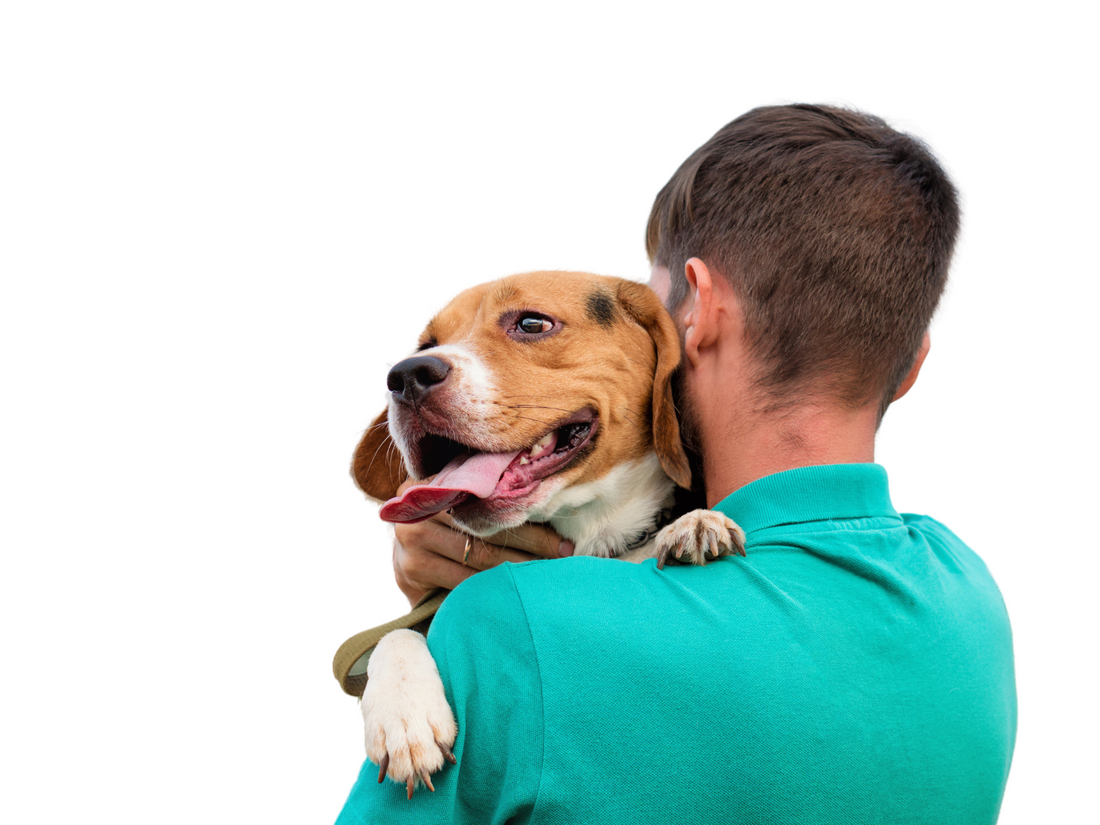
Best Practices on How to Hold your dog
Share
Holding a dog correctly is essential for both the animal's comfort and safety, as well as your own. The proper technique depends on the dog's size, temperament, and the situation at hand. This essay will outline the key principles of holding dogs of various sizes, discuss special considerations for puppies and elderly dogs, and explain when and how to adjust your approach.
For small dogs, the most common method is the "cradle hold." Support the dog's chest and hindquarters with your arms, cradling them close to your body. This provides security and comfort for the dog while allowing you to maintain control. For medium-sized dogs, the "chest support" method works well. Place one arm behind the dog's front legs and across its chest, while using your other arm to support its hindquarters.
Large dogs require a different approach. The "bear hug" technique involves wrapping one arm around the dog's chest, just behind the front legs, while using your other arm to support its hindquarters. This method provides stability and control for larger breeds. Regardless of size, always ensure the dog's legs are not dangling unsupported, as this can cause discomfort or injury.
Special care should be taken with puppies and senior dogs. Puppies have delicate bodies and should be held gently, supporting their entire body weight. Older dogs may have joint issues or other health concerns, so handle them with extra care and be mindful of any areas that might be sensitive to touch.
Finally, it's crucial to adapt your holding technique based on the situation. In emergency scenarios, you may need to quickly scoop up your dog, prioritizing speed over comfort. During grooming or veterinary exams, you might need to hold your dog in specific positions to facilitate the task at hand. Always remain calm and confident when holding your dog, as they can sense your emotions and will likely remain calmer if you do.